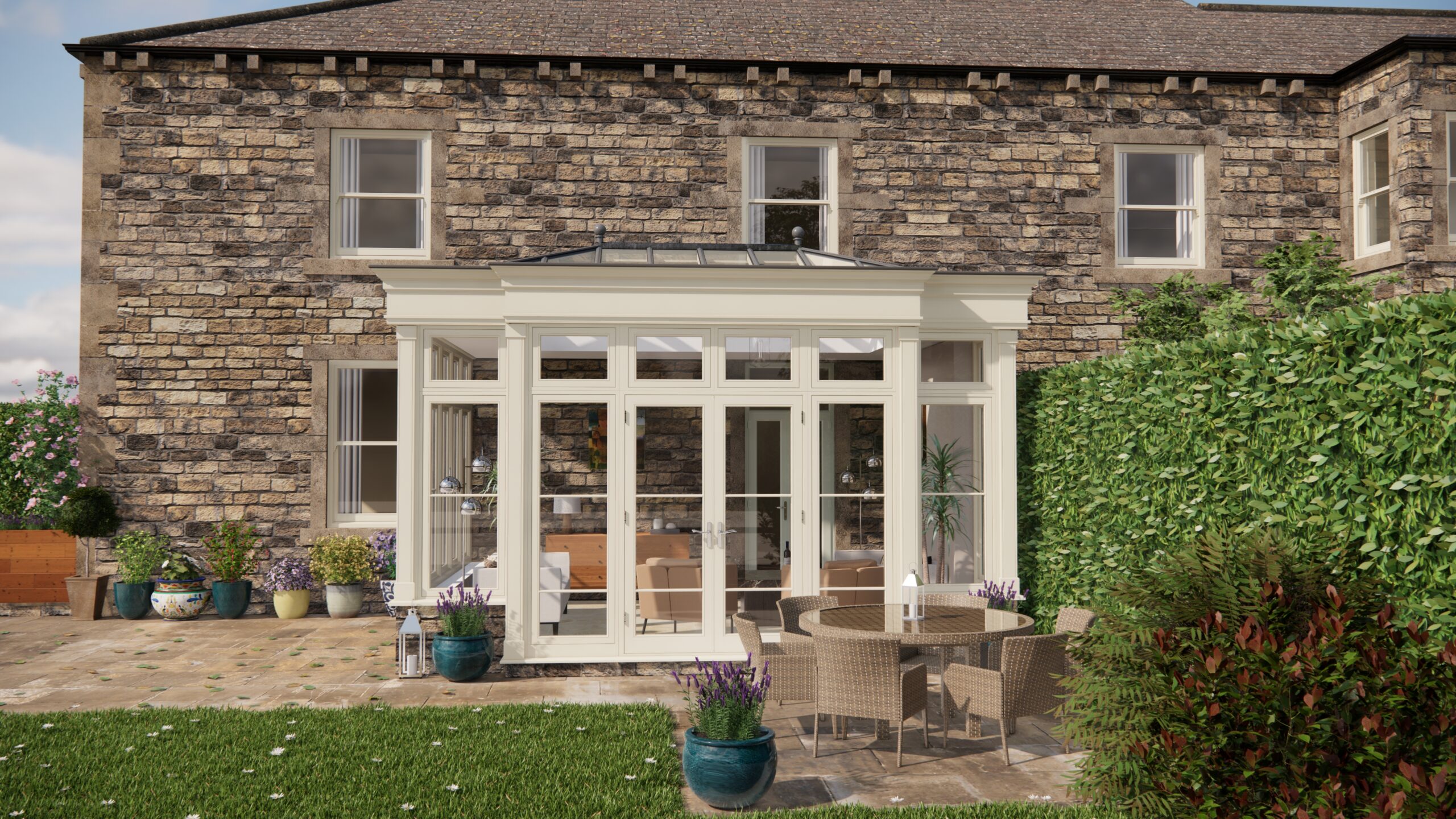Right, let’s talk orangeries! Not just dreaming about sipping tea amidst lemon trees, but actually navigating the sometimes-daunting world of UK planning regulations to build one. I’ve just finished wrestling with all the details for an article, and honestly, it’s a bit of a maze. But I’m here to guide you through, from start to (hopefully) stunning orangery finish.
My focus was on how the planning laws apply, especially focusing on outbuildings and specifically Orangeries. A great deal of information is available but getting a handle on the details can be tricky.
First Stop: Planning Permission – Do You Really Need It?
This is the golden question, isn’t it? The answer, as usual, is frustratingly… “it depends.” Generally, if you’re building an orangery (or any outbuilding for that matter), you need to figure out if your project falls under “Permitted Development” (PD) rights. Think of PD as a set of rules that allow you to build certain things without needing full planning permission. Crucially, these rights are significantly curtailed if you live in a designated area, like a Conservation Area, National Park, or Area of Outstanding Natural Beauty. And, of course, they’re heavily restricted for listed buildings (more on that later!).
To assess PD, you need to consider a few key things:
- Size Matters: There are limits on the size (height, footprint) of your proposed orangery. These limits are different depending on the type of property you have (detached, semi-detached, etc.) and its location. Check the specific rules outlined on the Planning Portal (the UK government’s online planning resource). This is absolutely essential! I always advise double, even triple, checking the measurements and calculations.
- Location, Location, Location: Where you position your orangery on your property is crucial. It can’t be forward of the principal elevation (the front of your house, generally), and there are limits on how much of your garden it can cover.
- Eaves and Ridges: There are height restrictions for the eaves (the lower edge of the roof) and the ridge (the top of the roof). Again, these vary depending on your property type.
- Use Restrictions: Permitted Development usually allows for outbuildings to be used for purposes “incidental to the enjoyment of the dwellinghouse.” In plain English, this means it can’t be used as a separate dwelling or for business purposes (unless you get specific permission). Keep it as an extension of your living space.
Listed Buildings: A Whole Different Ballgame
Okay, this is where things get seriously complicated. If your property is listed, Permitted Development rights are practically non-existent. You will almost certainly need Listed Building Consent (in addition to, or instead of, planning permission) to build an orangery. This is because listed buildings are protected for their historical and architectural significance.
The key here is to engage with your local Conservation Officer early in the process. They are your guide to understanding what’s likely to be acceptable. They’ll want to see that your proposed orangery is sympathetic to the original building in terms of design, materials, and scale. Expect a detailed application process with supporting documentation, including heritage statements and detailed drawings.
Building Regulations: Safety First!
Regardless of whether you need planning permission, you’ll almost certainly need to comply with Building Regulations. These cover structural safety, fire safety, insulation, damp proofing, ventilation, and accessibility. You’ll need to submit a Building Regulations application to your local authority or use an approved inspector. Think about the following:
- Foundations: Making sure the foundations are adequate for the orangery’s size and the ground conditions.
- Insulation: Meeting energy efficiency standards. Modern orangeries are expected to be well-insulated.
- Glazing: Using appropriate glazing for thermal performance and safety.
- Fire Safety: Ensuring fire escape routes are clear and that fire-resistant materials are used where necessary. If you create an enclosed area within the property, you may need to make adjustments elsewhere in the building to ensure adequate fire safety.
Materials and Design: Harmonising Old and New
Whether you’re dealing with a standard or listed building, the choice of materials is vital. You want the orangery to complement, not clash with, the existing structure. Consider using materials that are similar in colour, texture, and style to the original building. For listed buildings, using traditional materials (like timber frames and stone or brick) is often a requirement. Sourcing these can add time and expense but can make the difference between acceptance and rejection. Careful and well-thought-out design considerations are a priority.
Heating and Damp Proofing: Making it Liveable
Orangeries are meant to be enjoyed year-round, so proper heating and damp proofing are essential. Consider underfloor heating for a comfortable, even temperature. Ensure adequate ventilation to prevent condensation. And make sure the orangery is properly damp-proofed to protect it from moisture ingress.
Securing Your Orangery:
The security is often an afterthought when designing an orangery, but don’t forget to consider it. Install high-quality locks on doors and windows. Consider security lighting and an alarm system. Integrate these features seamlessly into the design.
Pulling it all Together:
In summary, constructing an orangery is a process that demands careful consideration of various regulations. Start by determining whether you need full planning permission or if your proposal qualifies under permitted development rights. If your property is listed, engage with the Conservation Officer early on. Complying with the Building Regulations is essential for structural safety and energy efficiency. Select materials that complement the existing building, paying particular attention to listed buildings for which traditional materials are often a requirement. Heating, damp proofing and security are important in ensuring the orangery is comfortable, safe and protected. I really hope this helps you feel a little more confident diving into your own orangery project! Happy building!


